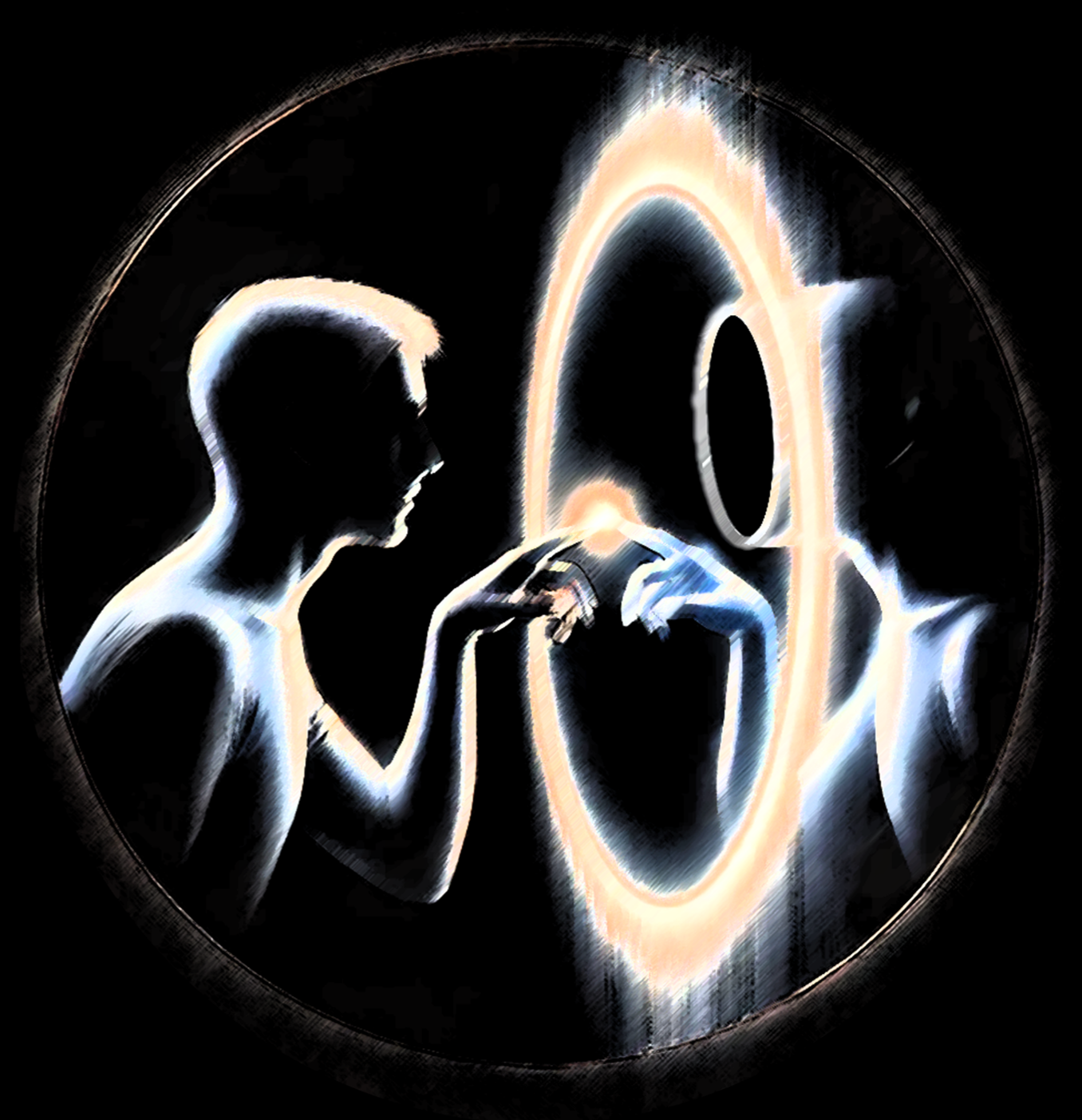The Pale Inquiry
From the posthumous journal of Dr. Laurence Garrison, found among personal effects at the Grafton Sanitarium, archived but unpublished.
There is a peculiar stillness in certain abandoned places—not the silence of emptiness, but something else, something with texture. A silence that has learned how to be still.
It was in such a place that I found the instructions.
The house on Grenthorpe Moor was marked for demolition when I entered it, more out of professional curiosity than any belief in folklore. Its foundations had sunk a little, and its interior had the sour, chalky scent of long-standing rot. Wallpaper curled like old scabs. The wind outside moved freely across the moor, but somehow never quite reached the interior.
I found the notebook between the walls in what must once have been a child’s bedroom. The room had been stripped bare except for the closet, inside which lay a wooden box, and within that—wrapped in waxy paper—was the book.
It was old, but not ancient. Late twentieth-century by the style of the handwriting. The pages had warped with moisture. And in the margins, in slanting, urgent script, were annotations. Mostly one line, often repeated: „Do not ask about yourself. It lies.”
I took it home, and I read it often.
Not obsessively, not at first. I’ve always been drawn to ritual anthropology, to the strange symbolic logic of forgotten practices. But this one lingered in my thoughts in a way others didn’t. Perhaps because its premise was so simple—and because I, too, had a question.
I had not spoken Elise’s name aloud in several months. I had not dreamed of her in longer still. But the loss remained. We had been apart when it happened—geographically, not emotionally—and perhaps that made it worse. I wasn’t there to hold her hand. I wasn’t there to say goodbye.
Somehow the ritual offered something ordinary language could not: the illusion of answer.
I began the preparations not as a believer, but as an experimenter. I fasted. I remained silent. I removed myself from sound and comfort. The hunger was easy enough; the quiet far more difficult. I hadn’t realized how noise clings to us, even in solitude—phone hums, pipes shifting, birdsong through the window. You must go deep for real quiet.
The instructions were precise. I followed them.
On the evening of the ritual, I returned to my childhood home—long since empty, but still technically in the family. I had left the utilities off. I brought with me the necessary tools: a glass of water, untouched for an hour; a white bedsheet; a pocket mirror; needle, thread; a folded scrap of paper with my question written faintly in pencil.
The attic was cold. It had always been cold, even when I was a boy. I sat in the center of the floorboards, which creaked as though complaining. The house around me was not dead, precisely. But it was unattended, the way wild land becomes when human intention has drained from it.
I drew the sheet over my head. I stitched my initials into the hem while blindfolded. The ritual required this—to sever the habitual sense of self, to anchor identity in action rather than awareness. My hands trembled slightly from fatigue, but the stitching was crude and passable.
I drank the water. It was slightly metallic. Then I said the phrase.
“One truth for the cost of comfort.”
There was no flash of insight. No thunderclap or spiritual quake. Only silence, and the faint pressure of my own pulse in my ears.
Then I unfolded the slip of paper and read my question:
“What did Elise see before she died?”
At first, I saw only my reflection in the mirror. Dim. Drawn. Unfamiliar in its clarity. But as I watched, the image seemed to soften—not shift, not distort, but recede, like something viewed through lightly frosted glass.
Then came the voice.
It was my own, or so I believed—yet it was touched with a tone I hadn’t used since university. The way I used to speak when I was clever and unburdened. A voice I didn’t know I missed.
“She saw your face.”
The answer was simple. So simple, in fact, that I nearly laughed. But the laughter never came.
“She saw your face,” it said again, “and behind it…”
There was no third sentence. Just a long pause. The mirror fogged slightly, though I did not breathe on it. I hadn’t exhaled in some time.
And then I noticed the cold.
Not ambient cold—but a precise chill, one that traced its way across my spine with the delicate pressure of a fingertip. It was not imagined. It was not mine.
I stood. I left the attic. The floor did not creak behind me.
I have not spoken of this aloud until now. I do not intend to. I am recording this for the record, not for understanding.
Since the ritual, I have experienced… shifts.
I recall memories that do not belong to me. Elise and I having conversations I’m certain never occurred—discussions of her childhood, things I never knew, yet now feel instinctively. I dream of the hospital room, though I never saw it.
In the dream, I am standing at the foot of her bed. She opens her eyes. She looks at me, and smiles. But the smile is not hers. And when I speak, my voice comes from behind her.
My reflection continues to lag slightly. I’ve tested it—on video, on live feeds. It moves as it should in the world, but feels like it reacts to something other than me.
And last night, when I passed the mirror on my way to bed, it spoke.
Not a whisper. Not even words.
Just breath.
And name, said slowly, with recognition.
„Him.”
As though remembering something that had been there
long before anything else knew how to forget.
